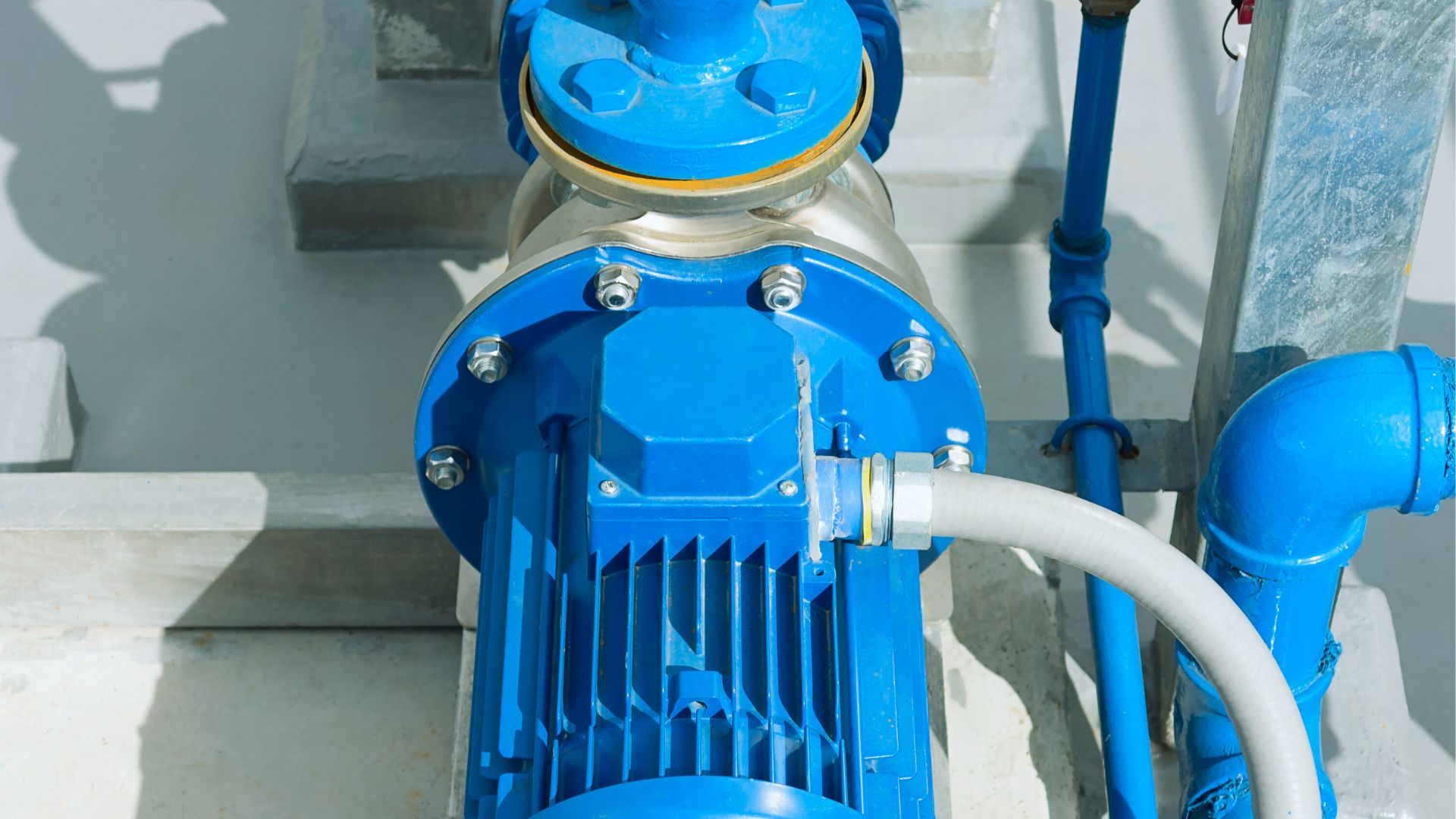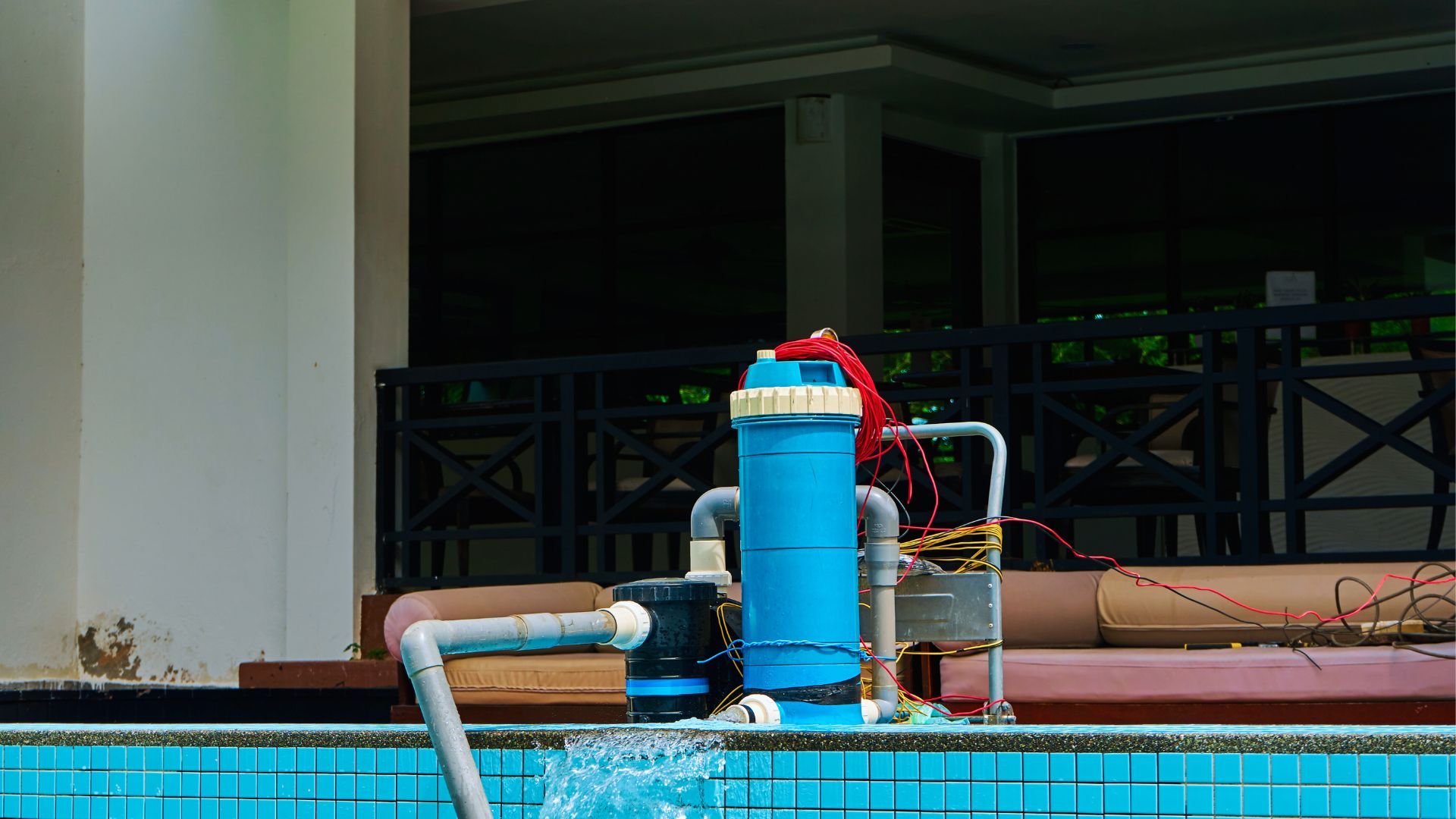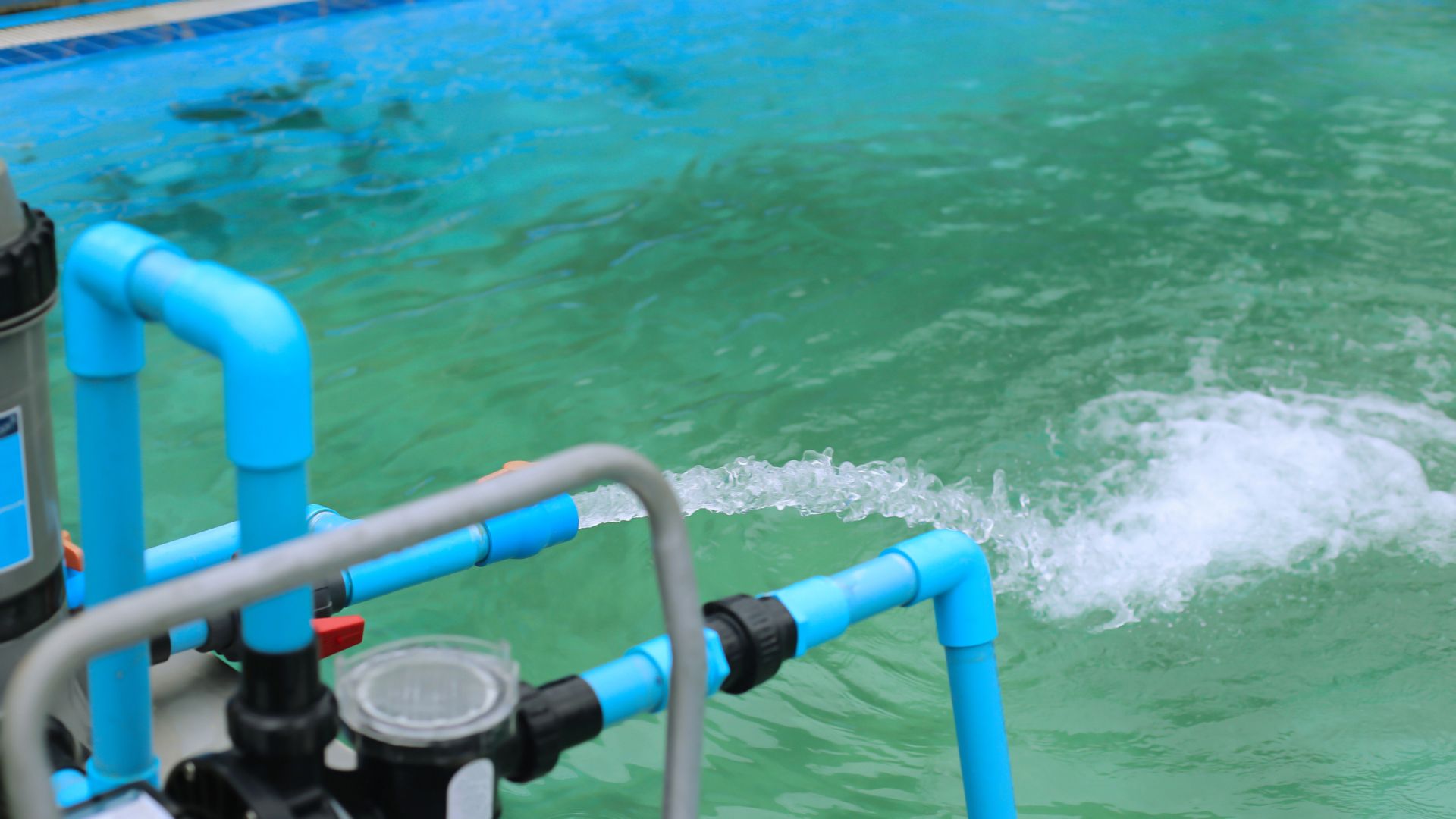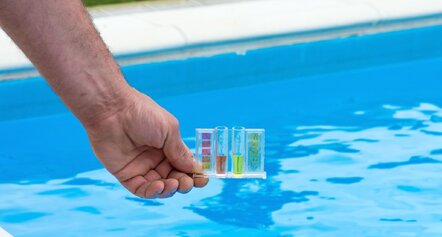Is your pool pump silently blowing your energy bills? You might not notice it humming away in the background, but your pool pump plays a huge role in keeping your pool water crystal clear. The catch? If the settings are wrong, you could be wasting power, burning through cash, and still ending up with murky water. Not exactly a win.
In this article, we’ll break down what your pool pump actually does, how long it should run, how to optimise its speed, and how to dodge the common pitfalls many pool owners fall into.
Whether you’ve got a fancy variable-speed pool pump or a more traditional setup, you’ll walk away with practical tips to fine-tune your pool circulation system and improve water quality, without blowing the budget.

What is the Role of Pool Pumps in Filtration
At its core, a pool pump’s job is pretty straightforward—it pulls water from the pool, pushes it through a filter, and sends it back clean.This circulation helps remove debris, balance chemicals, and prevent algae growth. Without consistent water flow, things can get swampy fast.
Think of it as your pool’s heart. The pump keeps water moving through the arteries of the system—the filter, chlorinator, and heater—ensuring everything stays balanced and hygienic. Stagnant water? That’s a recipe for cloudy chaos and chemical imbalances.
There are two common types of pumps: single-speed and variable-speed. Single-speed pumps run at one (usually high) speed all the time. Great for brute force, not so great for efficiency. Variable-speed pool pumps, on the other hand, let you adjust how hard they work depending on the task—saving energy while maintaining great water quality.
Your pool circulation system relies on effective filtration cycles. Too short, and debris and contaminants slip through. Too long, and you’re wasting electricity. That’s where pool pump timer settings become your best mate. Used right, they help you strike a perfect balance between performance and cost.
How Long Should a Pool Pump Run Daily?
You’ve probably heard the old chestnut: “Run your pool pump for 8 hours a day.” While that’s a decent rule of thumb, it’s not set in stone.
The ideal pool runtime depends on a few things—pool size, how often it’s used, how many swimmers jump in, and even the local climate. A pool in steamy Cairns will need different care to one in crisp Hobart.
Here’s a handy formula:
Pool Volume ÷ Flow Rate = Hours Needed for One Turnover
This tells you how long it takes for all your pool water to pass through the filter once.
Most pools benefit from at least one full water turnover daily, but during peak summer or after a pool party, you might need multiple turnovers. More swimmers, sunscreen, and heat mean more strain on your filtration cycle.
Also, adjust seasonally. In cooler months, your water turnover needs drop. But in summer? Crank it up to stay ahead of algae and bacteria.
Understanding your ideal pool runtime is key to clear water without draining your wallet.

Decoding Pool Pump Speed Settings
Let’s talk speed—specifically, your pool pump’s speed settings. They’re not just a gimmick; they seriously affect how clean your water stays and how much you fork out on electricity.
Running your pump on lower speeds for longer periods actually filters water more effectively than blasting it on high for a short time. It’s gentler on the system and helps maintain steady water turnover without blowing your energy bills.
But there are times when a high-speed pump setting is the right call—like when vacuuming, after a storm has dumped debris in your pool, or if you’re dealing with algae. Just don’t use it full-time.
Want an energy-saving tip? Set your pump to low-speed filtration for day-to-day use, and let it hum along in the background. Cleaner water, lower bills—it’s a win-win.
Newer models with programmable speeds are perfect for Australian conditions, where the climate changes quickly. These let you customise the speed for each task, saving you from fiddling with it every other day.
Remember: smart pool pump speed settings = smart swimming.
Common Mistakes and Misconceptions
Too many pool owners fall into the "set and forget" trap. Just because your neighbour runs their pump all day doesn’t mean they’ve cracked the code—they might just be paying for an aquarium with a power addiction.
One of the biggest slip-ups? Cranking the pump at high speed 24/7. It doesn’t make the water any cleaner, just empties your wallet faster.
Then there’s forgetting to clean the filter.If your filter’s clogged, the pump works overtime with poor results. And don’t ignore seasonal changes—what works in winter won’t cut it during a heatwave.
Running the pump “just in case” wastes energy and doesn’t guarantee better water quality. Smarter is better than longer.
Tips to Improve Your Pool Filtration Efficiency
Want to make your pool pump work smarter, not harder? Start with a timer or smart controller. Automating your pool pump schedule means you’re not relying on memory or guessing.
Clean filters are a must. Cartridge filters need regular rinsing, while sand filters should be backwashed periodically. A dirty filter = a struggling pump.
Try to schedule your pump to run during off-peak electricity hours. It can make a noticeable dent in your energy bill. Also, run it during the hottest part of the day to help chlorine spread evenly and fight off algae.
Manual skimming still matters. Removing leaves and debris before they reach the skimmer basket reduces the load on your pool circulation system.
And don’t be afraid to seek expert advice. Consider consulting a pool technician for a tailored pump schedule that suits your pool’s setup, usage, and climate. It’s often the easiest way to dodge costly mistakes.

When to Call in the Pros: Signs Your Pump Settings Aren’t Working
If your pool water’s looking cloudy or you’re still spotting debris after a full pump cycle, your settings might be off. Unusual noises from the pump? That’s another red flag. And if your energy bills are spiking with no visible benefit, it’s time to reassess.
Call in a professional if you suspect issues with flow rate, need help calibrating your pump, or think it’s time for a system upgrade. Expert advice can save you from trial-and-error headaches and get your pool back to peak condition, fast.
Wrap-Up: Clearer Water, Smarter Settings
Getting your pool pump settings right isn’t just about cleaner water—it’s about using energy wisely and extending the life of your system. With the right speed, timing, and maintenance, your variable-speed pump can do the hard work for you.
Don’t underestimate the power of good advice either. Clear water isn’t just about chemicals—it’s about clever settings too.
Let Flamingo Pools Simplify Your Pool Care Routine
At Flamingo Pools, we help homeowners take the guesswork out of pool care. Whether you’re adjusting your pump settings or thinking about an equipment upgrade, our expert team is here to help. We know that every pool is different, and that’s why we offer tailored advice and solutions that fit your setup and lifestyle.
Not sure how long your pump should run? Wondering if your current system is working efficiently? Our technicians can assess your pool and provide a personalised plan that saves you time, money, and stress.
Reach out today to learn more about our professional pool filtration services because clean water should be simple.




